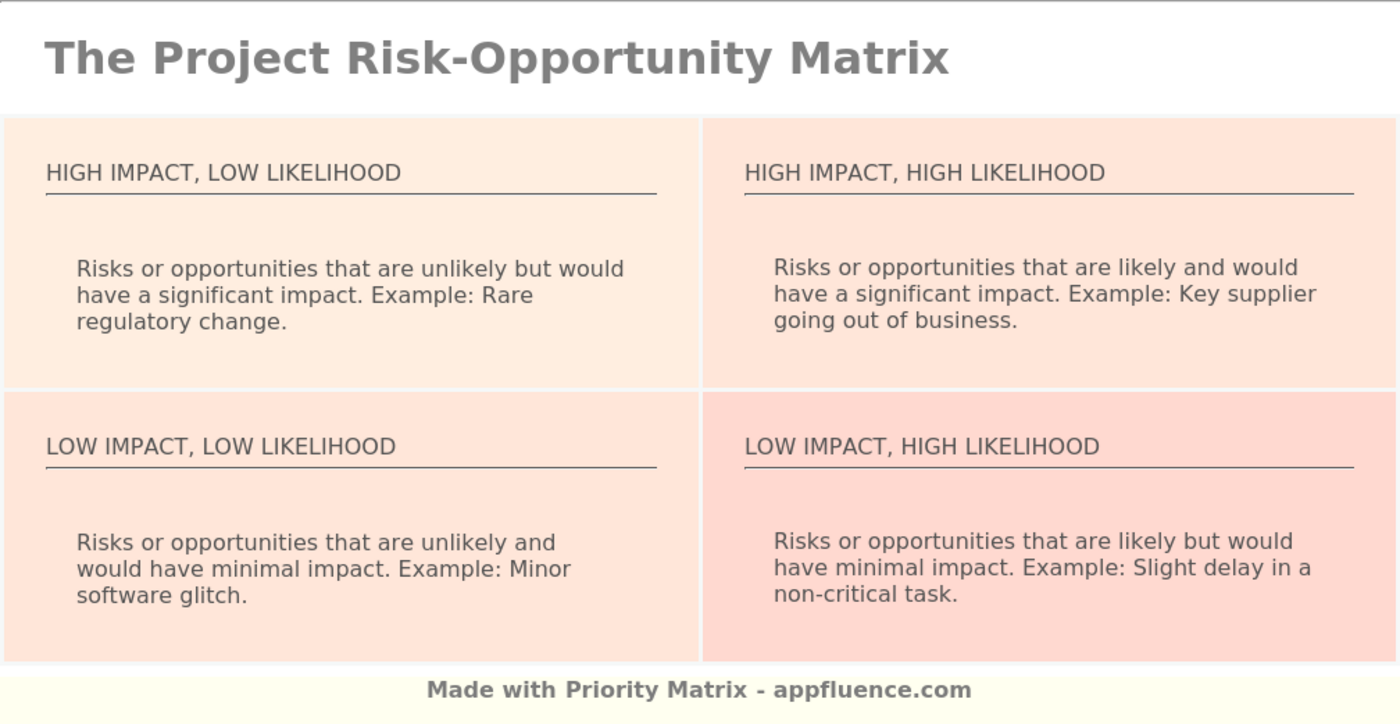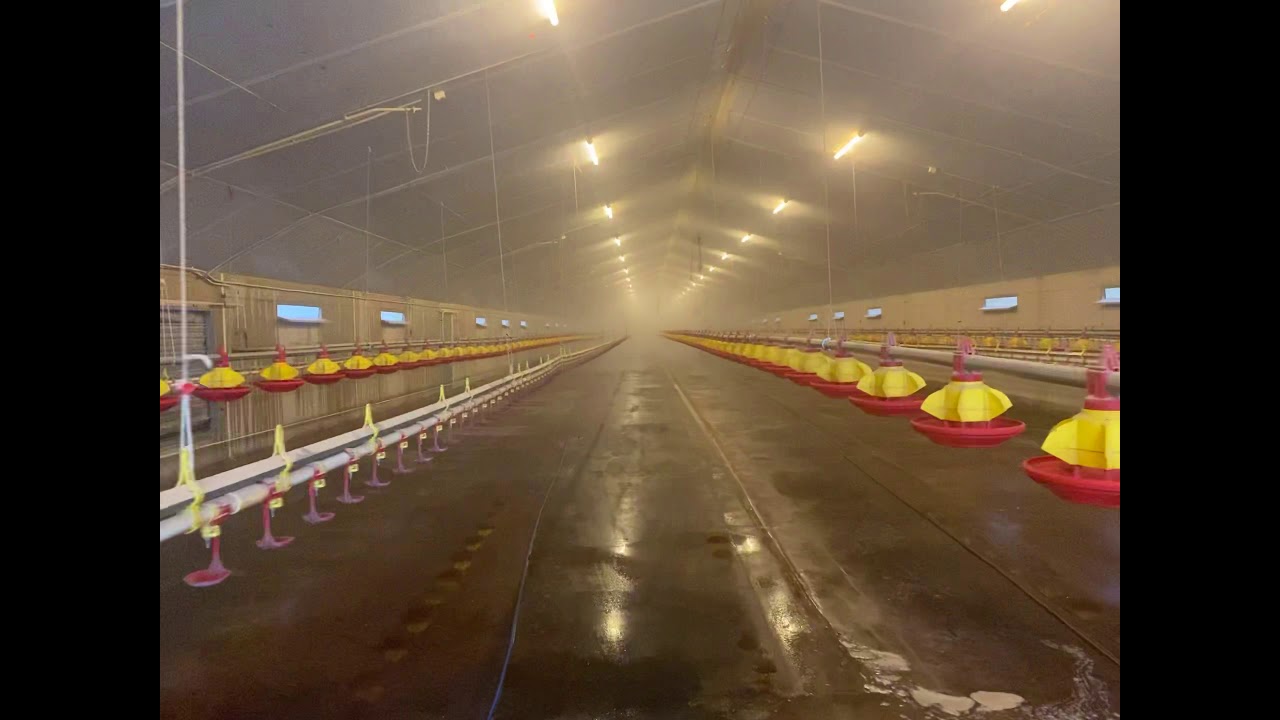Understanding The NRC's Role In Reactor Power Uprate Projects

Table of Contents
The NRC's Authority and Responsibility in Power Uprate Projects
The Nuclear Regulatory Commission (NRC) holds the ultimate authority over the safety and operation of all commercial nuclear power plants in the United States. Their legal mandate stems from the Atomic Energy Act of 1954 and subsequent amendments, which charge the NRC with protecting public health and safety, and the environment, by regulating the civilian uses of nuclear materials. This responsibility extends comprehensively to all aspects of reactor power uprate projects.
The NRC's authority in power uprate projects includes:
- Enforcement of safety regulations: The NRC ensures all uprate projects adhere strictly to existing safety regulations and industry best practices. This includes rigorous adherence to design criteria, operational limits, and emergency preparedness plans.
- Review of technical specifications and safety analyses: Before approving any power uprate, the NRC conducts a thorough review of all technical specifications and safety analyses submitted by the applicant. This involves a detailed examination of the proposed modifications and their potential impact on the reactor's safety.
- Issuance of licenses and approvals: The NRC's final approval is manifested through the issuance of an amended operating license, reflecting the increased power output. This license signifies that the NRC has determined the uprate meets all regulatory requirements and poses no undue risk to public health and safety.
- Oversight during the implementation phase: Even after the license is granted, the NRC maintains ongoing oversight during the implementation of the power uprate. This typically includes inspections and audits to verify that the modifications are carried out correctly and the plant continues to operate safely.
The Power Uprate Application Process: A Step-by-Step Guide
Successfully navigating the NRC's approval process for a reactor power uprate necessitates a methodical approach and meticulous attention to detail. The process typically unfolds in several key stages:
- Initial pre-application consultations with the NRC: This crucial step allows applicants to engage early with NRC staff to discuss their proposed project, address potential concerns, and ensure a smooth application process. Early engagement often leads to a more efficient review.
- Formal application submission, including detailed safety analysis reports: The formal application must be comprehensive, providing all the necessary technical information and safety analyses to support the proposed power increase. This usually includes detailed engineering evaluations, thermal-hydraulic analyses, and assessments of the impact on all safety systems.
- NRC review and evaluation process, including potential requests for additional information: The NRC staff carefully reviews the application, which might involve multiple rounds of evaluation and information requests. Addressing these requests promptly and thoroughly is essential for timely approval.
- Public comment period and environmental review: The NRC's review process incorporates a public comment period, allowing stakeholders to voice their concerns or support for the proposed project. An environmental review is also conducted to assess the potential environmental impacts.
- NRC licensing decision and issuance of amended license: After a thorough review and consideration of public comments, the NRC issues a decision. If approved, an amended operating license authorizes the power plant to operate at the increased power level.
Key Safety Considerations in NRC Reviews
The NRC's primary concern throughout the power uprate review process is safety. Their assessment focuses critically on:
- Thermal-hydraulic analysis of the reactor core: This detailed analysis ensures that the increased power output will not compromise the reactor core's integrity or lead to overheating.
- Assessment of the impact on plant safety systems: The NRC rigorously evaluates the impact of the power uprate on all safety systems, ensuring their continued effectiveness in mitigating potential accidents.
- Review of emergency operating procedures: Updated emergency operating procedures must be reviewed to ensure they are appropriate for the increased power levels and can effectively handle any potential events.
- Evaluation of potential risks and safeguards: A comprehensive risk assessment is crucial, identifying any potential risks associated with the power uprate and evaluating the effectiveness of the implemented safeguards.
Timeline and Costs Associated with NRC Power Uprate Approvals
The timeline for NRC review and approval of a power uprate application varies depending on several factors. A complex project with extensive modifications will naturally take longer than a simpler uprate. The completeness and clarity of the application also play a significant role. Generally, the entire process can take anywhere from 18 months to several years.
Cost implications for power plant operators include:
- Factors influencing review duration: Complexity of the proposed modifications, completeness of the application, and the responsiveness of the applicant to NRC requests for information all impact the overall timeline.
- Typical cost components: Significant expenses include engineering studies, preparation of the application itself, legal fees for compliance assistance, and NRC fees.
- Potential for delays and associated cost overruns: Delays, while often unavoidable, can substantially increase costs. Proactive planning and communication with the NRC are essential to mitigate these risks.
Post-Uprate Monitoring and NRC Oversight
The NRC's oversight doesn't conclude with the issuance of the amended license. Ongoing monitoring and enforcement are essential to ensure continued safe operation at the increased power level. This includes:
- Regular inspections and audits of the plant: The NRC conducts periodic inspections and audits to verify adherence to all safety regulations and the proper implementation of the power uprate modifications.
- Reporting requirements for operational data and safety-related events: The power plant operator is required to submit regular reports on operational data and any safety-related events, allowing for continuous monitoring by the NRC.
- Enforcement actions in case of non-compliance: The NRC has the authority to take enforcement actions, including fines or operational restrictions, in cases of non-compliance with regulatory requirements.
Conclusion
Successfully navigating the reactor power uprate process demands a comprehensive understanding of the Nuclear Regulatory Commission’s (NRC) role. From initial application submission to post-implementation monitoring, the NRC's rigorous review process prioritizes safety and compliance. By carefully preparing and proactively engaging with the NRC, power plant operators can effectively manage the complexities of reactor power uprate projects and achieve increased efficiency while maintaining the highest safety standards. To learn more about the specifics of your project and how to best work with the NRC on your reactor power uprate, consult with a qualified expert in nuclear regulatory compliance.

Featured Posts
-
 Wzyraezm Ka Byan Kshmyr Bhart Ka Hsh Nhyn Bn Skta
May 02, 2025
Wzyraezm Ka Byan Kshmyr Bhart Ka Hsh Nhyn Bn Skta
May 02, 2025 -
 Xrp Up 400 In Three Months Investment Opportunity Or Risk
May 02, 2025
Xrp Up 400 In Three Months Investment Opportunity Or Risk
May 02, 2025 -
 Nikki Burdine Announces New Projects With Former Co Host Neil Orne
May 02, 2025
Nikki Burdine Announces New Projects With Former Co Host Neil Orne
May 02, 2025 -
 Eco Flow Wave 3 In Depth Review Of Its Cooling And Heating Capabilities
May 02, 2025
Eco Flow Wave 3 In Depth Review Of Its Cooling And Heating Capabilities
May 02, 2025 -
 Fortnite Leaked Icon Series Skin Details
May 02, 2025
Fortnite Leaked Icon Series Skin Details
May 02, 2025
Latest Posts
-
 A Tanyerodon A Kivalosag Kme Vedjegyes Baromfi A Mecsek Baromfi Kft Tol
May 02, 2025
A Tanyerodon A Kivalosag Kme Vedjegyes Baromfi A Mecsek Baromfi Kft Tol
May 02, 2025 -
 Zhizn Eskortnits Moskvy Ot Roskoshi Do Kladovok Pravda O Vybore
May 02, 2025
Zhizn Eskortnits Moskvy Ot Roskoshi Do Kladovok Pravda O Vybore
May 02, 2025 -
 Moskva Temnaya Storona Eskort Industrii I Zhizn V Kladovkakh
May 02, 2025
Moskva Temnaya Storona Eskort Industrii I Zhizn V Kladovkakh
May 02, 2025 -
 Milk And Honey Welcomes Andrew Goldstone To Lead Electronic Music Division
May 02, 2025
Milk And Honey Welcomes Andrew Goldstone To Lead Electronic Music Division
May 02, 2025 -
 Kme Vedjegyes Baromfi Izelito A Mecsek Baromfi Kft Kivalo Minosegebol
May 02, 2025
Kme Vedjegyes Baromfi Izelito A Mecsek Baromfi Kft Kivalo Minosegebol
May 02, 2025
